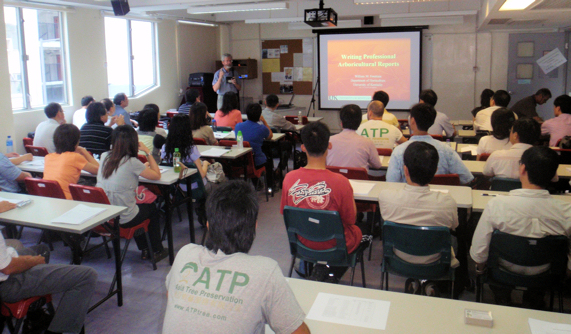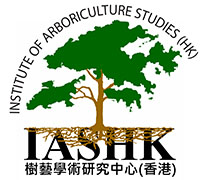
Report Writing Workshop with Dr. William Fountain
“Why are the leaves falling off my tree?” the workshop will start with discussion of how to respond to such simple inquires how to respond and move up to some court cases. Arborists make assessments on trees every day. We base our conclusions on our knowledge of a species, personal experience and diagnostic results obtained from a variety of state of the art equipment. The challenge comes in communicating our findings and conclusions to others who are not trained in the science of arboriculture. This audience may include concerned citizens, property owners, policy makers (politicians) and the legal profession. Presenting our findings and opinions in the appropriate manner and style becomes the challenge. This workshop will look at what should and should not be included in reports based on the purpose of the report. This can range from casual interest about a specific tree characteristic to reports used in court to settle disputes resulting from property damage or bodily harm caused by a catastrophic failure. While this is not a course in use of the English language we will also look at some common errors associated with report writing. The following is a basic outline which provides the basis for a more extensive report. It should be understood that not all reports always require all that is listed as part of this outline. Sometimes a simple report can be supplied it, all depends on the scope and assignment.
Elements of Reports (not required or necessary in all reports):
- Making the site visit(s):
- Developing assumptions and conclusions.
- Ask yourself what scenarios could potentially have happened.
- Note-taking
- Cover sheet
- Table of contents
- Introduction (often as a letter)
- Reason for the report (who, what, where, when, why)
- Concise summary of findings (abstract usually 100 words or less).
- Vitae
- Body
- Findings (discoveries)
- Findings of others
- Discussion of interactions
- Conclusions
- Recommendations
- Summary
- Appendix of tables, diagnostic reports and other supporting info
